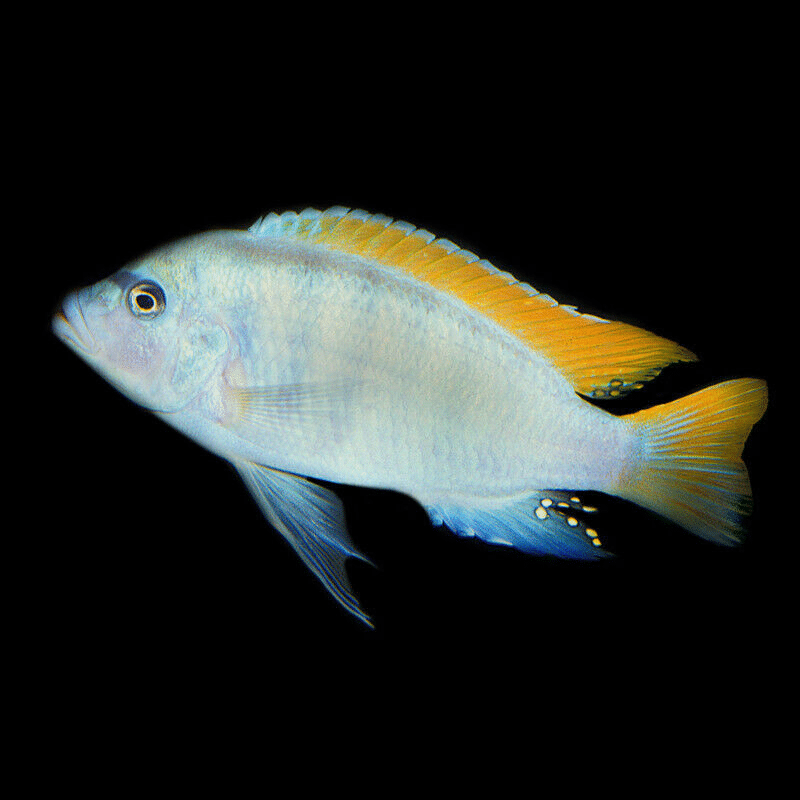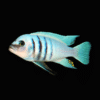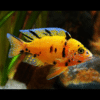To provide the best experiences, we use technologies like cookies to store and/or access device information. Consenting to these technologies will allow us to process data such as browsing behaviour or unique IDs on this site. Not consenting or withdrawing consent, may adversely affect certain features and functions.
The technical storage or access is strictly necessary for the legitimate purpose of enabling the use of a specific service explicitly requested by the subscriber or user, or for the sole purpose of carrying out the transmission of a communication over an electronic communications network.
The technical storage or access is necessary for the legitimate purpose of storing preferences that are not requested by the subscriber or user.
The technical storage or access that is used exclusively for statistical purposes.
The technical storage or access that is used exclusively for anonymous statistical purposes. Without a subpoena, voluntary compliance on the part of your Internet Service Provider, or additional records from a third party, information stored or retrieved for this purpose alone cannot usually be used to identify you.
The technical storage or access is required to create user profiles to send advertising, or to track the user on a website or across several websites for similar marketing purposes.














Emily Carter (verified owner) –
I recently added the William’s Mbuna Cichlid – Maylandia Greshakei (Red Top Ice Blue Zebra) to my aquarium, and I couldn’t be happier! After just two weeks, this stunning fish has truly transformed my Mbuna tank. Its vibrant colors and unique patterns are incredibly eye-catching, and it has a fantastic personality. I’ve noticed that it interacts well with my other cichlids, which is essential for maintaining harmony in my tank.
I’ve been particularly impressed with the health of this fish; it took to high-quality cichlid pellets and my carefully curated aquarium plants without any issues. In comparison to other Mbuna species I’ve kept, the Greshakei seems more active and less aggressive, which makes it a wonderful addition for both experienced and beginner aquarists.
One minor concern is that it can be a bit shy at first, so providing ample hiding spots with rocks and plants is crucial for their comfort. Overall, I highly recommend this fish for anyone looking to enhance their Lake Malawi cichlid collection. This was a fantastic purchase, and I’ll definitely be back for more!